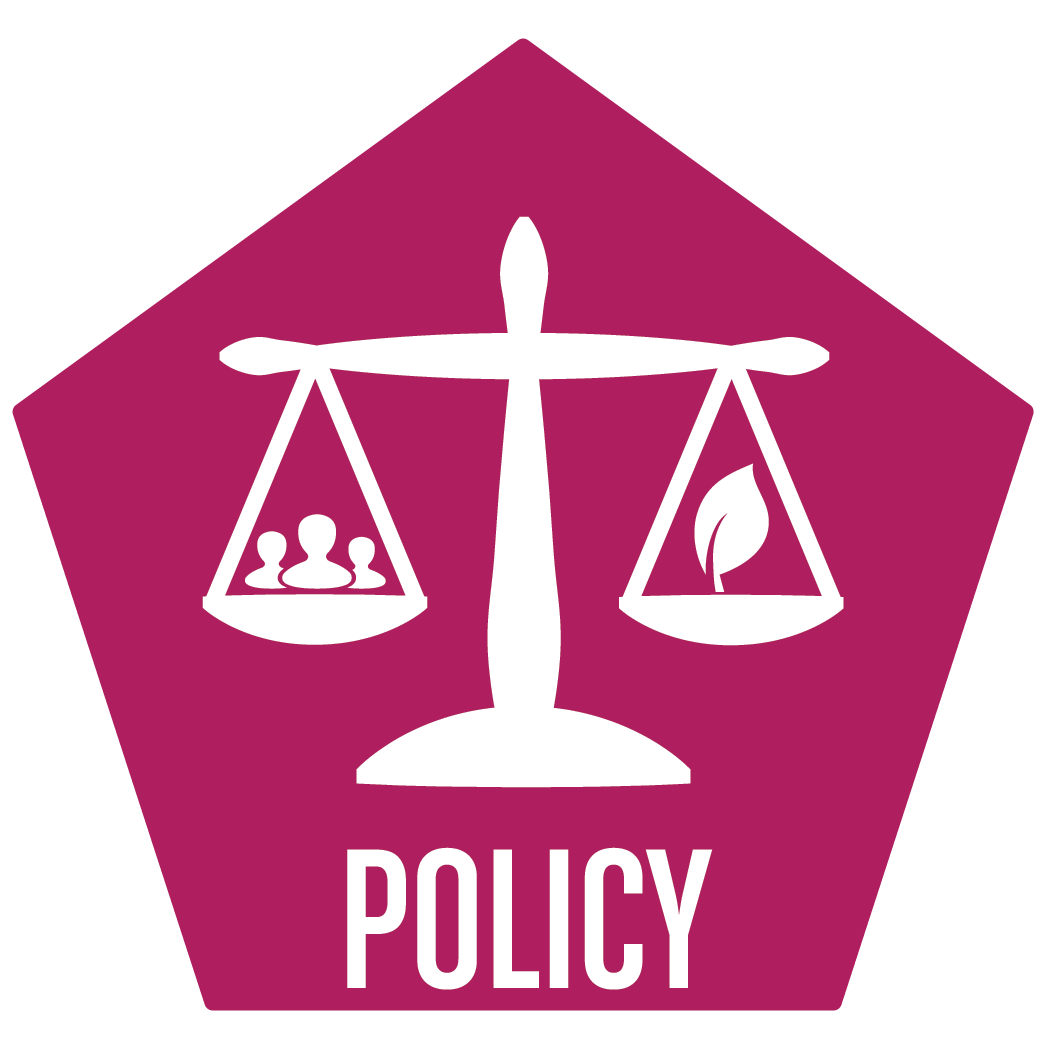4.3 Strengthen local fertilizer ordinances and improve compliance
Key Message: Sarasota County was among the first in the state to enact local restrictions on fertilizer use to protect water quality. The ordinance could be substantially strengthened by requiring point-of-sale educational signage to promote greater awareness and compliance.
Importance
Sarasota County’s 2007 adoption of the Urban Fertilizer Ordinance placed it at the forefront of statewide efforts to promote responsible fertilizer practices. Although Sarasota County Stormwater Environmental Utility and its partners provide significant educational outreach, ordinance messaging is countered by the widespread availability of non-compliant products during the summer rainy season ban, contradictory information from retailers and manufacturers, and lack of meaningful enforcement. Almost two decades on, the need to strengthen the ordinance, prioritize enforcement, and increase public awareness has become evident.
Compliance rates among homeowners who fertilize their lawns appear low. In a 2024 UF/IFAS Center for Public Issues statewide survey, less than 12% of homeowners applied fertilizer based on soil test results. Most follow package instructions without adjusting for naturally high phosphorus levels in regional soils or the high nitrogen and phosphorus content of reclaimed irrigation water used in newer developments. Encouraging responsible fertilizer use is a more cost-effective strategy for reducing nutrient pollution than mitigating harmful algal blooms and water quality degradation after the fact.
Overview
In 2007, unincorporated Sarasota County, the Town of Longboat Key, and the Cities of Sarasota, Venice, and North Port were early adopters of comprehensive fertilizer ordinances that included a rainy season ban. Across Florida, 36 Florida counties and 98 municipalities have enacted similarly strict ordinances. Statewide legislation adopted in 2009 mandated that local ordinances, at a minimum, match the FDEP Model Ordinance, which is less restrictive and prohibits application only when more than two inches of rain is expected. More restrictive ordinances require coordination with UF/IFAS and FDACS. Golf courses and farms are exempt (see Chapter 4.5 and Chapter 4.6).
The seasonal ban from June 1 to September 30 was based on research showing frequent and unpredictable heavy rainfall during summer months, increasing the risk of fertilizer runoff (Harper 2014). However, UF/IFAS research questions the efficacy of summer bans, suggesting that healthy turfgrass is active in nutrient uptake during summer with minimal nutrient loss (Hochmuth et al., 2012). No rigorous evaluation of Sarasota County’s fertilizer ordinance effectiveness on nitrogen loading has been conducted, including what proportion of lawns would qualify as being “healthy.”
In 2023, a legislative budget item required UF/IFAS to evaluate seasonal fertilizer restrictions, temporarily prohibiting local governments from adopting or amending fertilizer ordinances. The resulting report based upon a review of six prior studies found insufficient evidence to assess ecological impacts (Cardenas 2023). The moratorium on new or amended fertilizer ordinances expired July 1, 2024. UF/IFAS Extension Sarasota County instructs residents to follow local ordinances, and Sarasota Bay Estuary Program encourages action to reduce wet season fertilizer use regardless of conclusive study results on the efficacy of seasonal restrictions.
In 2007, Sarasota County, the Town of Longboat Kay, and the Cities of Sarasota, Venice and North Port adopted ordinances to regulate the use of fertilizer, including the following common provisions:
- Blackout Period – prohibits use of fertilizer containing nitrogen or phosphorus on turf or landscape plants between June 1 and September 30. However, the City of North Port does allow application to landscape plants.
- Nitrogen application – requires fertilizer to contain at least 50% slow-release nitrogen outside the blackout period, with a maximum application of 4 pounds of nitrogen per 1,000 square feet per year.
- Phosphorus application – limits phosphorus fertilizer applications to 0.25 and 0.50 pounds per 1,000 square feet per application and per year, respectively.
- Fertilizer Free Zone – requires a minimum 10 ft. no-fertilizer zone adjacent to water bodies and wetlands.
- Grass Clippings – prohibits grass clippings and other vegetative debris from being washed or blown into stormwater drains, water bodies, and wetlands.
- Applicator Training and Certification – requires all commercial and institutional applicators to receive training and certification in the Green Industry-Best Management Practices.
- Enforcement – provides for ability to enforce fertilizer regulations.
- Exemptions – golf courses required to meet FDEP’s BMPs for the Enhancement of Environmental Quality on Florida Golf Courses and agricultural operations are exempt from the fertilizer ordinances.
The effectiveness of Sarasota County’s ordinance is diminished by the fact that retailers are free to sell non-compliant fertilizers during the summer while providing no notice to the consumer that use of the product during that time is a violation of the law. Some retailers even post signage informing customers that summer is the best time to fertilize. Enforcement of the local ordinance occurs only in response to citizen reports of non-compliance, so in effect the ordinance is voluntary. A 2024 UF/IFAS Center for Public Issues state-wide poll revealed that only 23% of residents were aware of their local fertilizer ordinance. Almost two decades after adoption, the voluntary nature of the fertilizer ordinance has failed to inspire compliance at a scale necessary to reduce fertilizer runoff into waterways.
Retailers stock and sell fertilizer formulas that do not comply with Sarasota County’s fertilizer ordinance. Source: Iakov Filimonov
Anticipating this reality, Pinellas County and its incorporated cities of Gulfport and St. Petersburg adopted comprehensive ordinances in 2010 that included a summer ban on both use and sales of lawn fertilizers. The City of Tampa followed suit in 2011. To prevent other Florida communities from following their lead, Florida enacted F.S. 576.181 in 2013, granting FDACS the exclusive authority to regulate the sale, composition, formulation, packaging, labeling, and distribution of fertilizer (see Chapter 4.2). This law explicitly preempted local governments from enacting sales bans, although those in effect as of 2011 were grandfathered in.
Absent a sales ban, education at the point-of-sale is critically important to make consumers aware of local ordinances and the difference between compliant and non-compliant products. Summer-safe, nitrogen- and phosphorus-free alternatives should be promoted as alternative lawn treatments during the restricted use period. In a 2024 survey by UF/IFAS Center for Public Issues, 75% of Floridians think that fertilizer retailers should provide information and education on fertilizer ordinances, and more than 80% believe that following urban fertilizer ordinances helps the environment.
Approach
Sarasota County can reduce fertilizer runoff by enhancing public outreach, collaborating with retailers, and pursuing local and state policy improvements.
Short-term actions:
- Request voluntary cooperation from fertilizer retailers to display educational signage and stock ordinance-compliant products, especially promoting soil biologics as an alternative to synthetic fertilizer (see Chapter 4.7)
- Issue a County Commission Resolution or Proclamation restating fertilizer BMPs and promoting cooperating retailers.
Medium-term actions:
- Amend the Urban Fertilizer Ordinance to mandate educational signage at retail points-of-sale, as done by Brevard County, Alachua County, and Bonita Springs.
Brevard County requires fertilizer retailers to display educational signage. Source: Keep Brevard Beautiful
Long-term actions:
- Advocate for repeal or amendment of F.S. 576.181 to allow local regulation of fertilizer sales. The effort could be proposed and championed by the Florida League of Cities and/or Association of Counties. Sarasota County Government, as the first to adopt a comprehensive fertilizer ordinance in the state, could continue its leading role in this issue by advocating for the bill.
- After state preemption is removed, amend ordinances to regulate fertilizer formulation, nutrient content, and sales periods with scientific input. Local regulation of lawn fertilizer sales could enable communities to fine-tune their nutrient management approach by allowing only fertilizer formulations and applications that suit local conditions.
Resources
- FDEP Model Fertilizer Ordinance
- Florida urban fertilizer ordinances by County
- Sarasota County and municipal fertilizer code comparison
Status
No Activity
Performance Measure
- Option 1 – educational signage affixed to shelving at all fertilizer retailers (voluntary with BOCC Resolution).
- Option 2 – educational signage affixed to shelving at all fertilizer retailers (mandatory under amended local urban fertilizer ordinance).
- Option 3 – repealed or amended F.S. 576.181 followed by improved local regulation of fertilizer sales under amended local urban fertilizer ordinances.
Experts or Leads
Cris Costello, Sierra Club to consult on statewide strategy; UF/IFAS Extension Sarasota County, Science and Environment Council to develop and distribute signage
Cost Estimate
$10,000 – $50,000
Related Activities
Chapter 4.2, Chapter 4.5, Chapter 4.6
Other Fertilizer & Soil Activities
4.1 Estimate nutrient loading from fertilizer
[dipi_masonry_gallery images="421,545,445" columns="3" disabled_on="off|off|on" _builder_version="4.16" max_width="100%" max_width_tablet="50%" max_width_phone="65%" max_width_last_edited="on|desktop" module_alignment_tablet="center" module_alignment_phone="center"...
4.2 Reinstate FDACS public reporting on fertilizer distribution
[dipi_masonry_gallery images="421,894,445" columns="3" disabled_on="off|off|on" _builder_version="4.16" max_width="100%" max_width_tablet="50%" max_width_phone="65%" max_width_last_edited="on|desktop" module_alignment_tablet="center" module_alignment_phone="center"...
4.4 Deliver targeted education and resources to HOAs
[dipi_masonry_gallery images="421,896,445" columns="3" disabled_on="off|off|on" _builder_version="4.16" max_width="100%" max_width_tablet="50%" max_width_phone="65%" max_width_last_edited="on|desktop" module_alignment_tablet="center" module_alignment_phone="center"...
4.5 Deliver targeted education and resources to landscape professionals and golf course managers
[dipi_masonry_gallery images="421,896,445" columns="3" disabled_on="off|off|on" _builder_version="4.16" max_width="100%" max_width_tablet="50%" max_width_phone="65%" max_width_last_edited="on|desktop" module_alignment_tablet="center" module_alignment_phone="center"...
4.6 Deliver targeted education and resources to farmers and ranchers
[dipi_masonry_gallery images="421,896,445" columns="3" disabled_on="off|off|on" _builder_version="4.16" max_width="100%" max_width_tablet="50%" max_width_phone="65%" max_width_last_edited="on|desktop" module_alignment_tablet="center" module_alignment_phone="center"...
4.7 Encourage and facilitate commercial composting and redistribution for rebuilding soils
[dipi_masonry_gallery images="421,894,445" columns="3" disabled_on="off|off|on" _builder_version="4.16" max_width="100%" max_width_tablet="50%" max_width_phone="65%" max_width_last_edited="on|desktop" module_alignment_tablet="center" module_alignment_phone="center"...





